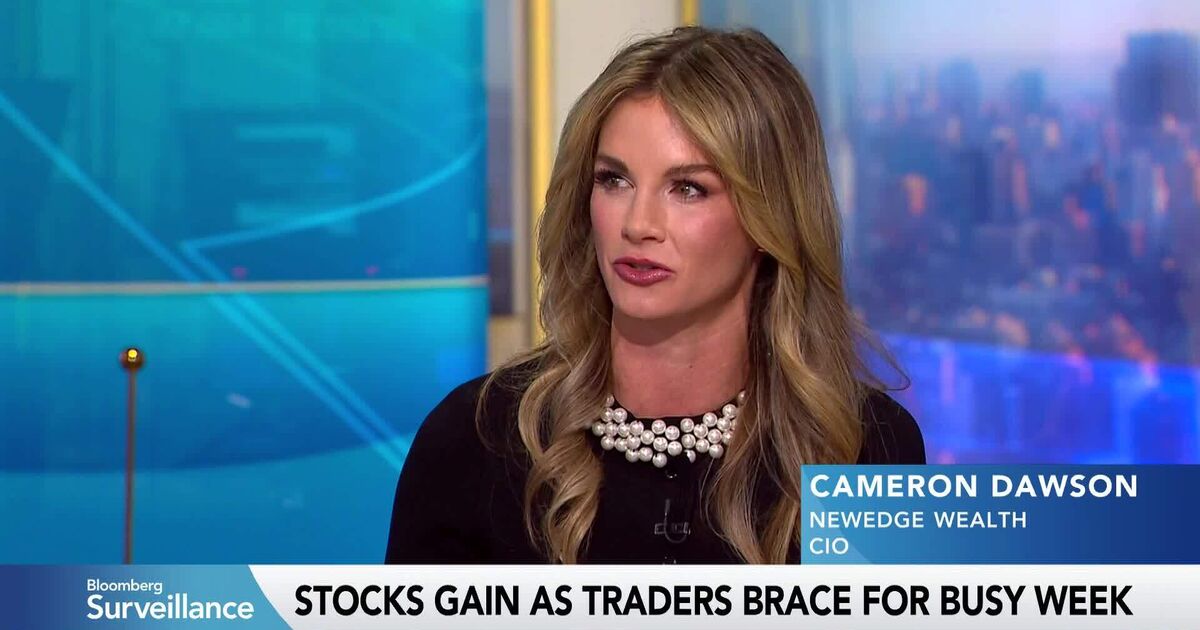Economic Crossroads: America's Delicate Dance with 'Stagflation Lite'

In a challenging economic landscape, Cameron Dawson, Chief Investment Officer at Newedge Wealth, offers an optimistic perspective on equity markets. Despite the looming threat of stagflation—a combination of slow economic growth and high inflation—Dawson believes that well-positioned companies can successfully navigate these turbulent waters.
The key to survival, according to Dawson, lies in a company's ability to maintain robust pricing power. Businesses that can effectively pass increased costs onto consumers without significantly dampening demand are likely to emerge resilient in a stagflationary environment. This strategic approach could help investors identify potential bright spots in an otherwise challenging market scenario.
Dawson's insights, shared through Bloomberg, provide a nuanced view of how equities might perform under economic pressure, offering hope to investors seeking stability in uncertain times.








